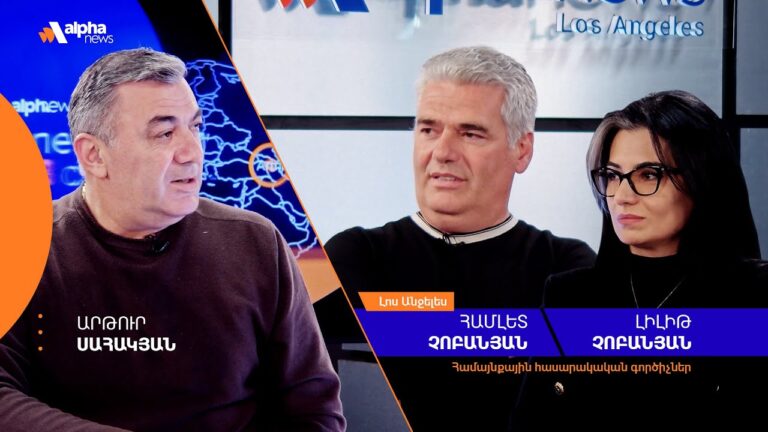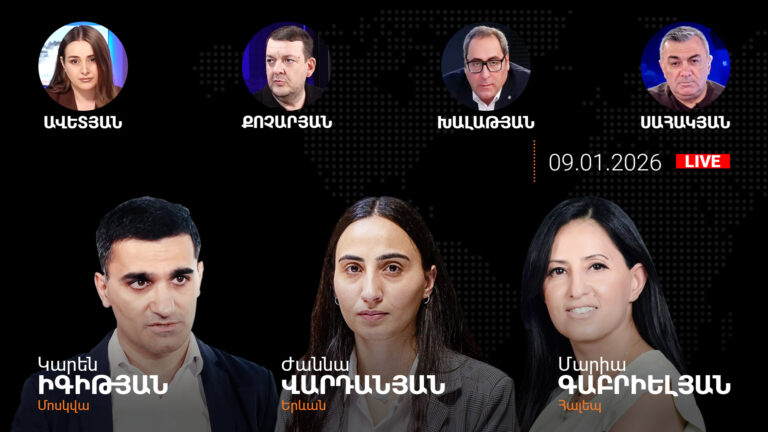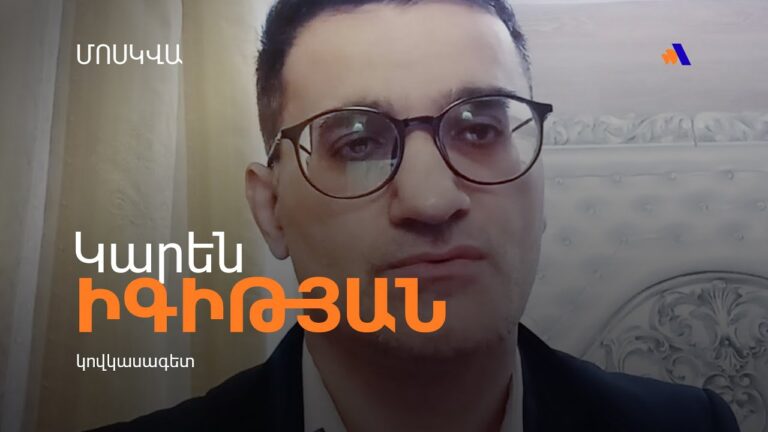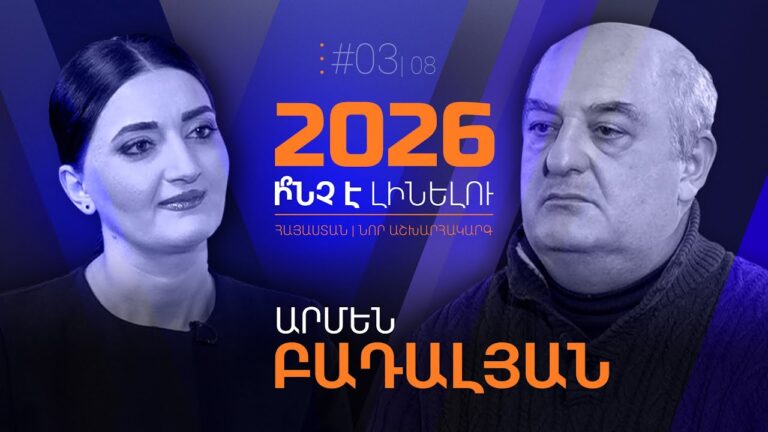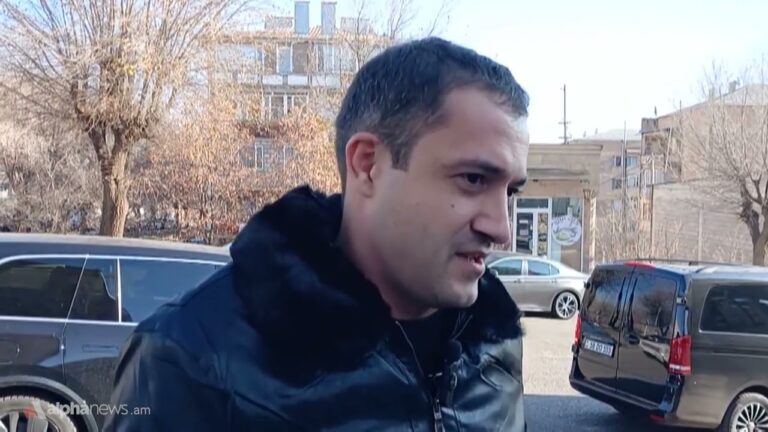Quadrobics as the main content of Armenian-Russian relations
October 10 2024, 12:23
Quadrobers… Apparently, the overwhelming part of the Armenian population will remember this word from Nikol Pashinyan’s visit to Moscow, whereas the visit turned out to be significant for a number of reasons.
Pashinyan and Ararat Mirzoyan’s visit to Moscow for the CIS summit began with the statement by the Armenian Foreign Ministry that a separate meeting between the Foreign Ministers of Armenia and Azerbaijan, Ararat Mirzoyan and Jeyhun Bayramov, is not planned in Moscow.
The promptness of this statement looked like assurances to Western partners that Nikol Pashinyan would not only opt out of a meeting together with the heads of Russia and Azerbaijan but also would not allow Mirzoyan to meet with Bayramov. It was important for Pashinyan to demonstrate that the Armenian authorities would not allow even the slightest attempt to restore the Yerevan-Moscow-Baku negotiation triangle. After all, this contradicts the strategic interests of the United States and Turkey.
During the visit of the Armenian delegation to the capital of Russia, we witnessed Pashinyan’s new demarche.
Armenia did not join the declarations on “the principles of ensuring security in Eurasia” and on the “inadmissibility of unilateral measures in international relations” at the meeting of the CIS Council of Foreign Ministers. Pashinyan’s demarche shows one thing: although Armenia remains a formal member of both the CSTO and the EAEU, its actions demonstrate a growing desire to reconsider its obligations and seek new foreign policy guidelines.
Pashinyan has already personally confirmed in Moscow his refusal to negotiate in the Russia-Armenia-Azerbaijan format, which was very significantly hinted at by the Russian presidential aide Yuri Ushakov.
“We did not agree on a trilateral meeting. There was such an idea, but someone did not support it,” he said. According to Ushakov, Russia did not object to this format.
We have repeatedly said, and we will repeat again: you cannot gamble with the state. The Pashinyan-Mirzoyan demarches, as well as the lack of transparency in relations between Yerevan and Moscow, led to the Russian response.
Dmitry Peskov, the press secretary for the Russian president, used the term “Zangezur corridor” when asked about topics that were discussed during Putin’s bilateral talks with Nikol Pashinyan and Ilham Aliyev.
And after that, we learned that during Pashinyan’s meeting with Russian President Vladimir Putin, an agreement was reached that from January 1, 2025, the border troops of the Armenian National Security Service will participate in the protection of state borders with Iran and Turkey. At the same time, it was noted that only Armenian border guards will serve at the checkpoint on the border with Iran.
For the second time after the Putin-Pashinyan meeting, Russia is withdrawing part of its troops from different territories of Armenia; last time it was in Zvartnots, as well as in the Syunik, Gegharkunik, and Tavush regions of Armenia.
Although members of the Civil Contract Party are trying to convince the Armenian population that the withdrawal of Russian troops is a victory for sovereignty, in reality, the destruction of Armenia’s security system is happening before our eyes.
With Azerbaijan being aggressive, the protection of the Armenian state border in other areas is becoming increasingly difficult. This may eventually lead to the fact that, using another round of international instability—and now there are many conflicts that can destabilize the situation in the world—Baku may launch military action under the pretext that Armenia is not fulfilling its obligations to unblock communications.
Note that Russian Deputy Prime Minister Alexey Overchuk said that although Armenia did not formally withdraw from the 2020 trilateral declaration, there had been almost no progress within the trilateral working group for two years now.
Well, the apotheosis of the visit of representatives of official Yerevan to Russia was the dialogue between Sergey Lavrov and Ararat Mirzoyan. At the meeting in the Kremlin, Russian Foreign Minister Sergey Lavrov asked his Armenian counterpart whether there are quadrobers in Armenia.
“Kids dress up like dogs. This is one of the top news stories. They walk around like animals,” Lavrov said.
Mirzoyan confirmed that he knows about this movement and called it new—a very remarkable episode that demonstrates that, understanding the essence of what is happening and realizing that Armenia is now repeating the outdated “Georgian project,” the Russian authorities are not building a substantive dialogue with Yerevan but discussing the behavior of teenagers mimicking animal movements.
Think about it…

